Equal Pay Day calls attention to the persistent moral and economic injustice working women face. For a woman to earn as much as a man, she has to work a full year, plus more than a hundred extra days, all the way to April 10. The problem is even worse for women of color, LGBTQ women and part-time workers.
Here are 11 things you need to know on Equal Pay Day:
1. Equal Pay Day for women of color is even later: For black women, Equal Pay Day comes later because they are paid, on average, even less than white women. Equal Pay Day for black women is Aug. 7. For Native American women, it's Sept. 7. For Latinas, it's Nov. 1.
2. LGBTQ women face a host of related problems: A woman in a same-sex couple makes 79% of what a straight, white man makes. Additionally, they face higher rates of unemployment, discrimination and harassment on the job.
3. It will take decades to fix the problem if we don't act now: If nothing changes, it will take until 2059 for women to reach pay equality. For black women, parity won't come until 2124 and for Latinas, 2233.
4. Fixing the wage gap will reduce poverty: The poverty rate for women would be cut in half if the wage gap were eliminated. Additionally, 25.8 million children would benefit from closing the gap.
5. Fixing the wage gap would boost the economy: Eliminating the wage gap would increase women's earnings by $512.6 billion, a 2.8% boost to the country's gross domestic product. Women are consumers and the bulk of this new income would be injected directly into the economy.
6. Women aren't paid less because they choose to work in low-paying jobs: The gender pay gap persists in nearly every occupation, regardless of race, ethnicity, education, age and location.
7. Education alone isn't the solution: Women are paid less at every level of education. Women with advanced degrees get paid less than men with bachelor's degrees.
8. The Paycheck Fairness Act would help: This bipartisan legislation would close loopholes in existing law, break harmful patterns of pay discrimination and strengthen protections for women workers.
9. Being in union makes a difference: Women who are represented by unions and negotiate together are closer to pay equality, making 94 cents per dollar that white men make.
10. Business leaders have a role in the solution: Individual business owners and leaders have the power to close the pay gap and improve people's lives. Catalyst offers five tips on what business leaders can do.
11. Many companies already are working on solutions: Learn from them.


